Sedation Dentistry
|
| • | Minimal Sedation - This is the first and most mild level of sedation. The person is awake but has minimum consciousness. The patient can respond to questions by nodding or shaking their head, can feel stimulations but are unable to register the intensity of the pain. |
| • | Moderate Sedation - The patient is awake, but cognitive functions are depressed. The motor skills and memory functions are the most affected in this level of sedation. They are unable to move or keep track of what is happening around them. Their thoughts become cloudy, and they are unable to react. |
| • | Deep Sedation - The person has almost drifted to sleep at this stage. They are midway between conscious and unconscious. In such a state, the person is not able to react to the treatment procedures. |
| • | General Anesthesia - This is the complete “knocked-out” level of sedation. The patient is completely unconscious and both his mind and body have switched off. Only the involuntary actions like breathing and the beating of the heart are taking place. |
I adore Dr. Roane and his staff."I have been a patient here for 10 years, since he started this practice. He has fixed my chipped front teeth twice, most recently this week. He is truly an artist and such a nice guy! My teeth look natural and healthy again. As always, the procedure was painless, quick, and professional. The office is clean, the front office is efficient, and everyone is friendly. Dr. Roane even opened the clinic on New Year's Day a few years ago to treat my daughter's dry socket after she had her wisdom teeth pulled. I will always be grateful for that, and will remain a loyal patient here even though I moved to Tigard 2 years ago." |
 |